Laurie Voss
Web development best practices in 2021
#1about 3 minutes
An overview of the 2021 web developer survey
The talk uses data from a survey of over 10,000 developers to understand current web development trends, while acknowledging a bias towards JAMstack.
#2about 4 minutes
Who web developers are and how they work
Survey data reveals a front-end developer bias, growing geographical diversity among new developers, and a significant shift to permanent remote work.
#3about 3 minutes
Analyzing the types of websites developers are building
Developers work on a mix of personal sites, B2B, B2C, e-commerce, and internal tools, with lead capture being a surprisingly large category.
#4about 4 minutes
Prioritizing target devices and understanding audience scale
Despite the "mobile first" mantra, developers still prioritize desktop, and most websites serve thousands of users rather than millions.
#5about 2 minutes
How to interpret the technology adoption data graphs
The bubble graphs visualize technology adoption by mapping awareness (size), usage (x-axis), and user satisfaction (y-axis).
#6about 4 minutes
A comparison of design tools and CMS platforms
Figma dominates design tools, while the CMS landscape is split between traditional (WordPress), headless (Contentful), and design-led (Webflow) options.
#7about 4 minutes
Trends in programming language popularity and satisfaction
JavaScript remains dominant but is losing satisfaction, while TypeScript is rapidly gaining usage and popularity among web developers.
#8about 1 minute
The surprising rise of serverless backend technology
Nearly half of developers now use serverless functions, making it a mainstream choice alongside containers like Docker and Kubernetes.
#9about 2 minutes
Why web frameworks are essential for scaling teams
The primary benefit of using a popular framework is not technical performance but the ability to scale a team by hiring developers who share a common knowledge base.
#10about 6 minutes
A detailed breakdown of modern web frameworks
React is the dominant component library, Next.js leads the "kitchen sink" frameworks, and newcomers like Vite and SvelteKit show high satisfaction.
#11about 1 minute
Could React become a native part of the web
React's massive adoption parallels jQuery's history, suggesting its core concepts might eventually be integrated directly into web browsers.
#12about 17 minutes
A summary of key web development trends in 2021
The recap highlights the growth of remote work, the importance of internal tools, the rise of TypeScript and Next.js, and the exciting future of the web.
Related jobs
Jobs that call for the skills explored in this talk.
Apaleo
München, Germany
Remote
€65-85K
Senior
JavaScript
.NET
+2
Douglas GmbH
Düsseldorf, Germany
Intermediate
Senior
TypeScript
React
Matching moments
Featured Partners
Related Videos
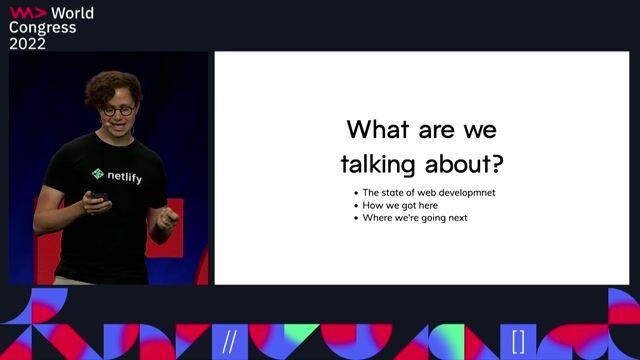 32:56
32:56Web development: where are we, and where are we going?
Laurie Voss
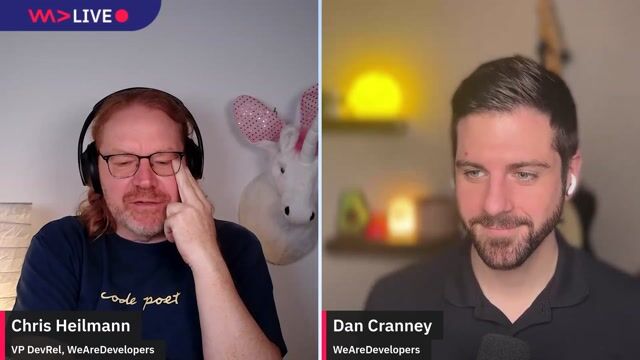 1:06:20
1:06:20WeAreDevelopers LIVE – Frontend Inspirations, Web Standards and more
Chris Heilmann, Daniel Cranney & Jan Deppisch
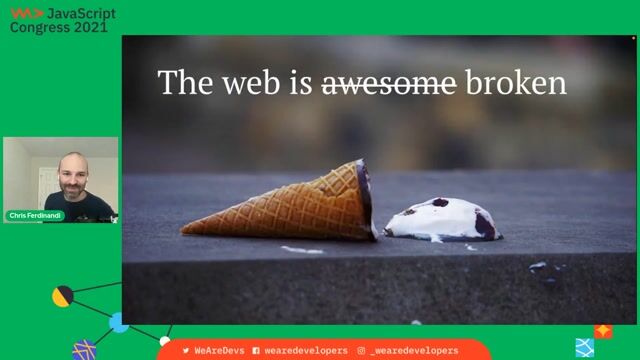 46:46
46:46The Lean Web
Chris Ferdinandi
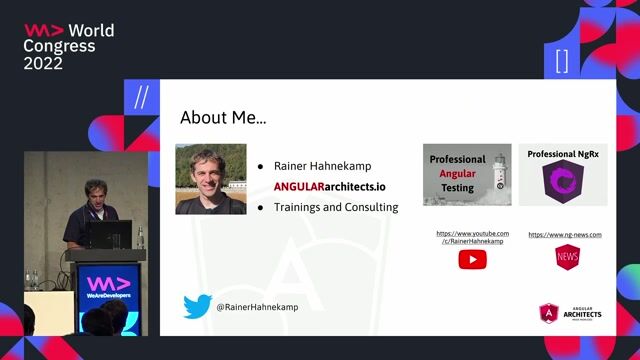 26:00
26:00To New Frontiers: The Future of Frontend Development
Rainer Hahnekamp
 49:32
49:32Keith Cirkle of GitHub on React Fatigue
Keith Cirkle
 50:10
50:10The Eternal Sunshine of the Zero Build Pipeline
M4dz
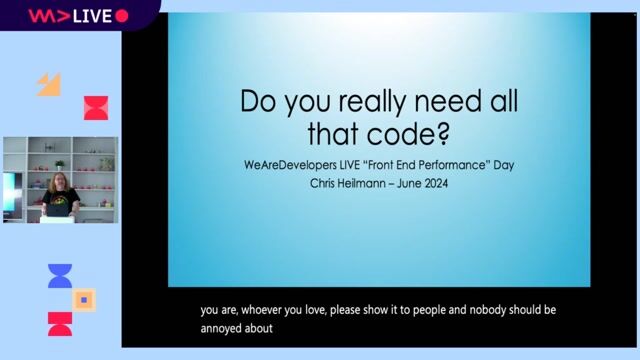 14:44
14:44Catching up on the basics you don't really need that much code
Chris Heilmann
 25:30
25:30The year 3000, a brief history of Web Development
Lorenzo Pieri
Related Articles
View all articles

.webp?w=240&auto=compress,format)

From learning to earning
Jobs that call for the skills explored in this talk.




Tech Solutions Gmbh
Berlin, Germany
API
CSS
GIT
HTML
Scrum
+5

Tech Solutions Gmbh
Brandenburg an der Havel, Germany
API
CSS
GIT
HTML
Scrum
+5

Tech Solutions Gmbh
Bremen, Germany
API
CSS
GIT
HTML
Scrum
+5


![[HR106] Senior Front-End Developer - Vue, Nuxt - (Remote, Full-Time) Asia](https://wearedevelopers.imgix.net/public/default-job-listing-cover.png?w=400&ar=3.55&fit=crop&crop=entropy&auto=compress,format)
Smart Working Solutions
Nesseaue, Germany
Remote
Senior
CSS
HTML
REST
Vue.js
+6